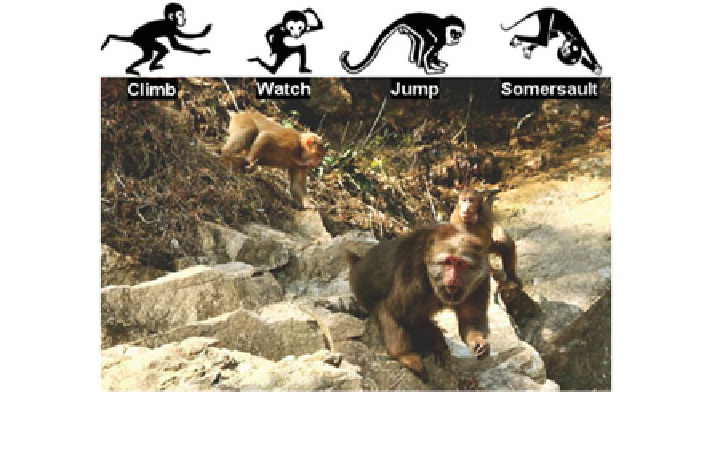Environmental Engineering Reference
In-Depth Information
Javadi et al. (
2005
) developed a hybrid GA by integration of back-propagation
neural network to improve convergence performance and the quality of the solution.
Inspired by natural evolution, evolutionary algorithms (EA) have been used for
optimizing mobile sensor deployment with optimum sensor coverage in a randomly
distributed wireless sensor network (Abbasi et al.
2014
). To simulate social
behavior, particle swarm optimization (PSO) was implemented, which was sug-
gested by Kennedy and Eberhart (
1995
). PSO was further enhanced by introducing
chaos into an accelerated PSO by Gandomi et al. (
2013
). An overview of sensor
node movement methodologies was provided by Abbasi et al. (
2014
) to improve
network coverage as well as network lifetime, and the bio-inspired algorithms were
shown to enhance data details, timeline, and reliability.
To shorten computational run-time and improve convergence performance in
complicated sensor networks, Yi et al. (
2012
) developed an asynchronous-climb
monkey algorithm (AMA) for optimizing sensor placement. The AMA mainly
consists of monkeys' mountain-climbing process (i.e., climb, watch, jump, and
somersault) (Fig.
11.1
). In particular, AMA mimics monkeys' social behavior to
find the optimum positions of sensors, in which monkeys exchange information
with neighbor monkeys and were guided by the monkey king (i.e., the first step of
AMA). This procedure was repeated until the best objective value (in this case the
binary vector of sensor location) was obtained. The objective value was contin-
uously updated with the position vector of monkeys by considering each monkey's
own experience and the social experience from neighbor monkeys. The best
objective value was designated as a ''monkey king,'' and the Darwinian principle
of natural selection was incorporated to accommodate replacing the monkey king
with the next best one.
Fig. 11.1 The process by which monkeys climb, watch, jump, and somersault provides the
conceptual basis for the asynchronous-climb monkey algorithm (Yi et al.
2012
). (Image provided
courtesy of IOP publishing)

Search WWH ::

Custom Search